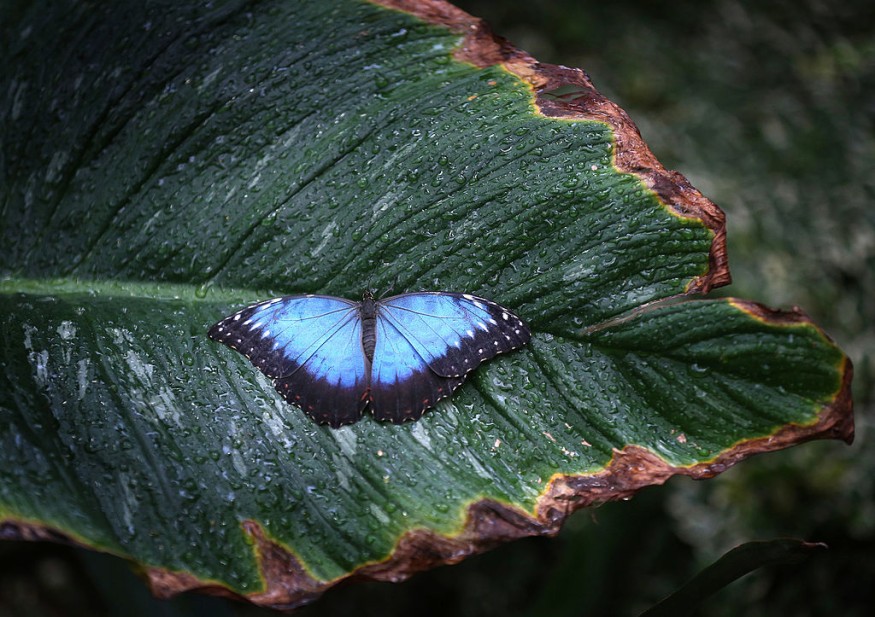Scientists intended to investigate how the developing butterflies dispersed throughout the landscape after introducing caterpillars of a gorgeous butterfly to the tiny island of Sottunga in the Land archipelago.
However, researchers were unaware that their introduction of the Glanville fritillary (Melitaea cinxia) resulted in the development of three other species on the Baltic Sea Island, which popped up like Russian dolls from the butterflies.
Hyposoter horticola, a parasitic wasp that bursts from the caterpillar before it can pupate and become a butterfly, was found in some of the caterpillars.

Another much tinier, rarer parasite, Mesochorus cf. stigmaticus, was found within several of these tiny wasps. It kills the parasite wasp about the same time the wasp kills the caterpillar, then emerges from the caterpillar's carcass 10 days later.
H. horticola kills the caterpillar host before being killed by M. stigmaticus if all three stowaways are onboard. The hyperparasite burrows out 10 days later, eating the bacteria-infested meat of the first wasp parasite and subsequently the caterpillar's carcass.
Despite numerous, major population crashes among their butterfly hosts, all four species are still alive.
Granville Fritillary Population on the Remote Island
Climate change, such as drought, has a big influence on Glanville caterpillars because it can wake them up too early from diapause, which is a stage of suspended animation that certain animal embryos enter to endure severe conditions.
Because the Glanville fritillary has undergone multiple population collapses on Sottunga, a study of the parasitic wasp's genetics and its bacteria has revealed that this survival is all the more amazing.
The butterflies have survived through several near-extinction episodes, and with unusually high genetic variety and due to the great genetic diversity of the individuals that were initially introduced to the island.
The parasites' good flight abilities may have allowed them to thrive on the island. The Glanville fritillary, unlike many other butterflies, is a poor disperser, and individuals living naturally on nearby islands cannot fly more than 7 kilometers (4.3 miles) across open water to Sottunga to replenish the population.
Also read : Sightings of Yellow Whales in California
Scientist's Perspectives and Actions Towards Stomach-Bursting Parasites
The researchers feel the parasites' unintended introduction is an interesting case study, but it also serves as a strong warning about the need of understanding both endangered species and the species connected with them before attempting to restore any of them to a new environment.
Parasitoid wasps, for example, are frequently used in agriculture as pest management, so people are familiar with them, but a more elusive species may have caused havoc on the new environment.
More droughts might result in more frequent crashes and a loss of genetic variety, leaving the butterfly and its dependent species unable to recover.
"The butterflies are still there but at the moment the conditions are really tough because of drought," Doctor Anne Duplouy said. "Every year we are really worried it is not going to be there but at the moment we still have it."
© 2025 NatureWorldNews.com All rights reserved. Do not reproduce without permission.





